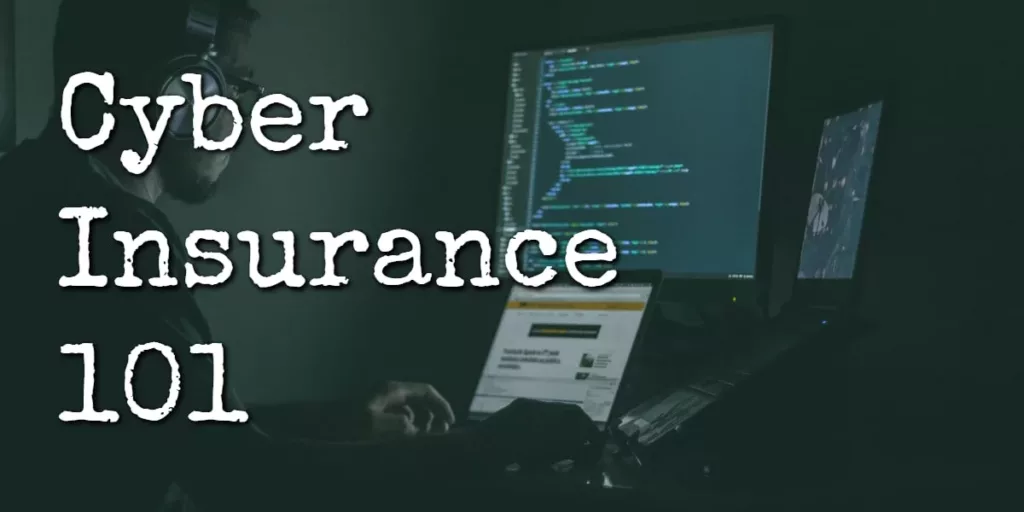Picture this: you’re going about your day, scrolling through your text messages, and suddenly you receive a message that seems too good to be true.
Maybe it’s a notification that you’ve won a new car, or perhaps it’s a message claiming to be from your bank requesting your personal information. You might be tempted to respond, but stop and think- this could be a smishing attack.
On This Page:
What is Smishing?
Smishing, also known as SMS phishing, is a cyber threat where fraudsters manipulate individuals into disclosing personal details or downloading malicious software through deceptive text messages. These messages often appear to be from legitimate sources, like your bank or a popular retailer.
Once you take the bait, scammers can use your personal or financial information for identity theft, financial fraud, or even take over your device.
Unlike vishing (voice phishing), which uses phone calls to carry out the scam, smishing uses SMS messaging.
The Evolution of Phishing Attacks
Phishing, in general, has been around for decades. But as technology has advanced, so too have the techniques used by scammers. With the rise of mobile devices, smishing has become a popular way for cybercriminals to target unsuspecting victims.
According to a report by GetSafeOnline, the number of reported smishing incidents in the UK rose by 700% between 2013 and 2015.
As technology continues to evolve, it’s likely that smishing attacks will become even more sophisticated. Scammers will use artificial intelligence and machine learning to create more convincing text messages that are harder to detect.
How Smishing Attacks Work

The mechanics of a smishing attack are pretty simple. Scammers send a text message that appears to be from a legitimate source, like a bank or online retailer. The message usually contains a link or phone number, which the scammer wants you to click or call.
Once you do, you’ll be taken to a fake website or connected to someone who’s pretending to be an official representative. From there, the scammers can trick you into sharing your personal information or convince you to download malware onto your device.
It’s important to note that scammers can also use social engineering techniques to make their smishing messages more convincing. For example, they might use a sense of urgency to make you feel like you need to act quickly, or they might use personal information to make the message seem more legitimate.
Common Smishing Scams and Techniques
Smishing attacks can take many forms, but there are a few common techniques that scammers use again and again.
One common example is the lottery scam, where the message claims that you have won a prize and need to call a number to claim it.
Another common smishing scam is the fake banking alert, where the message claims to be from your bank and asks you to verify your account information.
Other common smishing scams include fake package delivery notifications, fake job offers, and fake charity requests.
If you’re unsure, contact the company directly using a phone number or email address you know to be legitimate.
Why Are Smishing Attacks Particularly Effective?
Smishing attacks are particularly effective due to the widespread use and inherent trust in mobile phones and text messaging. The immediate attention given to text messages, along with their perceived legitimacy, allows these attacks to often bypass the scrutiny applied to emails.
Furthermore, the simple format of text messages allows scammers to mimic authentic messages more easily. Coupled with social engineering techniques that create a sense of urgency or fear, and the general lack of public awareness about smishing, these factors create a potent blend that makes smishing attacks highly effective.
The Dangers of Falling Victim to Smishing

Financial Losses and Identity Theft
One of the most obvious dangers of smishing is the risk of financial loss. If you fall victim to a smishing attack, the scammers can use your personal information to steal your identity, open new accounts, and drain your funds. In some cases, they may even sell your sensitive data on the dark web, leaving you vulnerable to future attacks.
For example, imagine that you receive a text message from what appears to be your bank asking you to click on a link to confirm a recent transaction. You click on the link, which takes you to a website that looks exactly like your bank’s website. You enter your login credentials, but unbeknownst to you, the website is fake, and the scammers now have access to your banking information.
The scammers can now transfer money out of your account, make purchases using your credit card information, and even open new accounts in your name. This can lead to significant financial losses and can take months or even years to resolve.
Malware Infection and Device Compromise
Another danger of smishing is the risk of malware infection. When you click on a link or download a file, you could unknowingly download harmful software onto your device. This can compromise your device’s security, allowing the scammer to access your contacts, messages, and other sensitive information.
For instance, imagine that you receive a text message from an unknown number, claiming to be from a delivery company. The message asks you to click on a link to track your package. You click on the malicious link, which takes you to a website that asks you to download a file in order to view the package details. You download the file, but it turns out to be malware that infects your device and gives the scammer access to all of your personal and financial information.
Emotional and Psychological Impact
Aside from the financial and security risks, falling victim to a smishing attack can also have an emotional toll. It can leave you feeling violated, vulnerable, and even ashamed that you fell for the scam. This can take a toll on your mental health and wellbeing.
It is important to remember that falling victim to a smishing scam is not your fault, and that scammers are experts at manipulating people’s emotions and vulnerabilities.
How to Identify a Smishing Attempt

Smishing attacks can be difficult to identify, but there are a few warning signs you can look out for to protect yourself.
Recognizing Suspicious Text Messages
One of the best ways to protect yourself from smishing attacks is to be able to identify suspicious messages. Be wary of text messages that come from unknown numbers or that contain strange, unsolicited requests. For example, if you receive a text message claiming to be from your bank asking you to provide your account information, it’s best to ignore it and contact your bank directly to confirm if the message is legitimate or not.
Messages that claim you’ve won a prize despite not having entered anything should also be ignored. Remember, if something seems too good to be true, it probably is. Scammers often use these types of messages to lure victims into providing personal details or clicking on malicious links.
Verifying the Sender’s Identity
If you receive a text message that appears to be from a known source, take a moment to verify its authenticity before responding. Call the organization’s official phone number and ask if they have sent the message. Alternatively, visit the organization’s official website and see if the message matches their usual communication style.
It’s important to note that scammers can spoof phone numbers and email addresses to make it appear as though the message is coming from a legitimate source. Therefore, it’s always best to double-check before providing any sensitive information.
Red Flags in Message Content
There are a few red flags to watch out for in the content of a message. For example, scammers often use scare tactics to prompt a response, such as claiming your account has been compromised or that your device is infected with a virus. They may also ask you to click on a link to enter your information, rather than directing you to an official website.
Legitimate organizations will never ask you to provide sensitive information over a text message. If you’re unsure about the authenticity of a message, it’s always best to err on the side of caution and contact the organization directly.
Tips for Protecting Yourself from Smishing Attacks

Strengthening Your Mobile Security
One of the best ways to protect yourself from smishing attacks is to make sure your mobile device is secure. This means installing antivirus software, keeping your operating system up to date, and only installing apps from trusted sources.
You should also consider using two-factor authentication (2FA) for your accounts, which requires a second form of verification beyond your password.
Educating Yourself and Others
Another important step in protecting yourself from smishing is to stay informed. Keep up to date on the latest smishing scams and techniques, and share your knowledge with others. Warn your friends and family members about the dangers of smishing and encourage them to be vigilant about their mobile security.
Reporting Smishing Incidents
If you do fall victim to a smishing attack, it’s important to take immediate action and report it as soon as possible. This way, the authorities can take action to prevent future attacks.
Contact your bank or financial institution to report any fraudulent activity on your accounts. You can also report smishing incidents to the Federal Trade Commission (FTC) or your country’s equivalent regulatory body.
Remember, always be cautious when receiving unsolicited texts, and never give out sensitive personal or financial information. By staying informed and following these tips, you can protect yourself from smishing and other types of cyber attacks.
Frequently Asked Questions
How does smishing work?
In a smishing attack, you receive a text message that appears to be from a trusted source. This message often creates a sense of urgency or fear, compelling you to click on a link or respond with personal information. The link may lead to a malicious website designed to collect your details, or it may install malware on your device.
What should I do if I suspect a smishing attempt?
If you receive a message you suspect to be a smishing attempt, do not click any links or respond with personal information. Instead, contact the organization the message is supposedly from using their official contact details. Report the message to your mobile network operator and to your local law enforcement agency.
What should I do if I’ve become a victim of smishing?
If you’ve clicked on a link in a smishing message or shared personal information, contact your bank or credit card company immediately. Also, report the incident to your local law enforcement and the Federal Trade Commission in the US, or your country’s cybercrime authority. Change your passwords and monitor your accounts for suspicious activity.
How are smishing and phishing different?
While both smishing and phishing are techniques used by cybercriminals to trick victims into revealing personal information, the primary difference lies in the method of communication. Phishing generally refers to fraudulent communication via email or fraudulent websites, whereas smishing specifically refers to such attempts conducted over SMS or text messages.



